Learn More
*The Global and Professional Direct Contracting (GPDC) Model is being changed into the ACO REACH Model*
Global and Professional Direct Contracting (GPDC) Model
The Global and Professional Direct Contracting (GPDC) Model is made up of DCEs that provide new opportunities for health care organizations to participate in value-based care arrangements in Medicare FFS. DCEs are split into four (4) categories:
Direct Contracting Entities (DCE)

Standard DCEs:
These are DCEs composed of organizations that have experience serving Medicare FFS beneficiaries. These organizations have aligned to a DCE through voluntary alignment or claims-based alignment. They may have previously participated in section 1115A shared savings models (e.g., Next Generation ACO Model and Pioneer ACO Model) and/or the Shared Savings Program. If you are a new organization, but you have providers and suppliers that are currently serving Medicare FFS, you are eligible to participate in this DCE option. In both of these cases, clinicians participating in these organizations would have substantial experience serving Medicare FFS beneficiaries.
New Entrant DCEs:
DCEs composed of organizations that have not traditionally provided services to a Medicare FFS population and who may rely primarily on voluntary alignment, at least in the first few performance years of the model. Claims-based alignment will also be utilized.
High Needs Population DCEs:
DCEs that serve Medicare FFS beneficiaries with complex needs, including dually eligible beneficiaries*, who are aligned to the DCE through voluntary alignment or claims-based alignment. These DCEs are expected to use a model of care designed to serve individuals with complex needs, such as the one employed by the Programs of All-Inclusive Care for the Elderly (PACE), to coordinate care for their aligned beneficiaries.
*Beneficiaries who are enrolled in Medicare and Medicaid.
MCO-based DCEs:
DCEs that manage the Medicare FFS expenditures of full-benefit dually eligible beneficiaries who receive Medicaid benefits though a Medicaid Managed Care Organization (MCO). *This DCE is NOT AVAILABLE. It is currently under review by the Center for Medicare and Medicaid Services. More details will be added to this section once CMS finishes their evaluation.
Types of Risk-Sharing Options
Within the GPDC Model, there are two voluntary risk-sharing options that focus on reducing expenditures and preserving, or enhancing, quality of care for beneficiaries in Medicare fee-for-service. These two options are split between professional and global:
Professional
- offers the lower risk-sharing arrangement—50% savings/losses—
- provides Primary Care Capitation*
*a capitated, risk-adjusted monthly payment for primary care services provided by Direct Contracting Participant Providers and the Preferred Providers that have agreed to participate in capitation.
Preferred Providers agree to participate in capitation by accepting FFS claims reductions and agreeing to receive compensation from the Direct Contracting Entities (DCE).
Global
- offers the highest risk sharing arrangement—100% savings/losses—and
- provides two payment options:
- Primary Care Capitation (described above)
- Total Care Capitation*
*a capitated, risk-adjusted monthly payment for all covered services provided by DC Participant Providers and the Preferred Providers that have agreed to participate in capitation.
